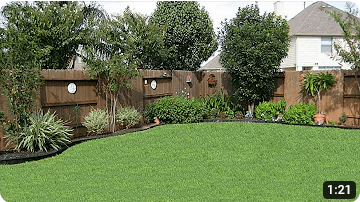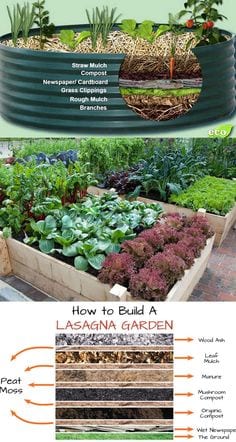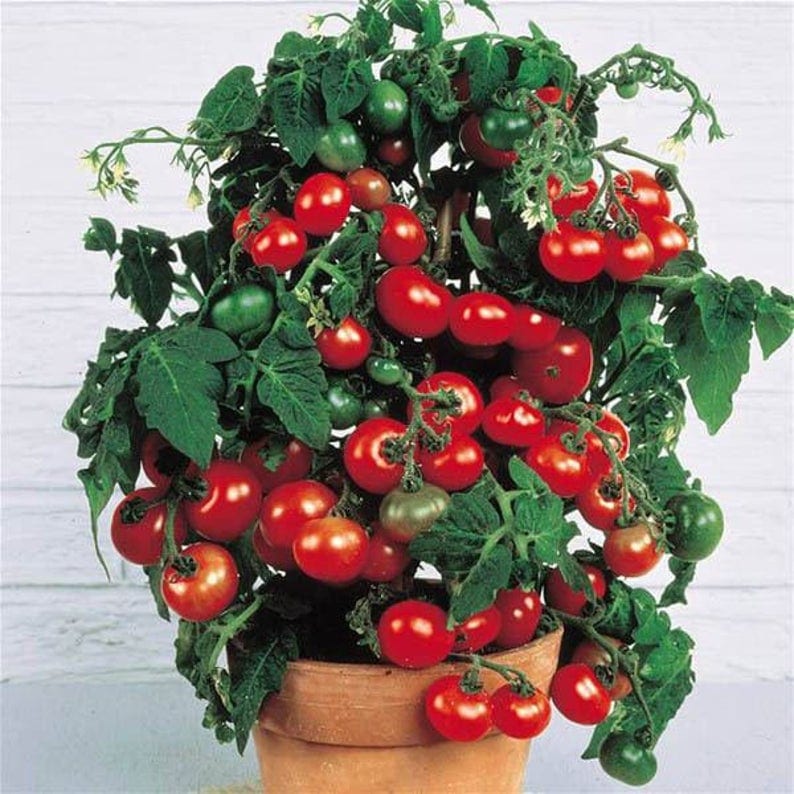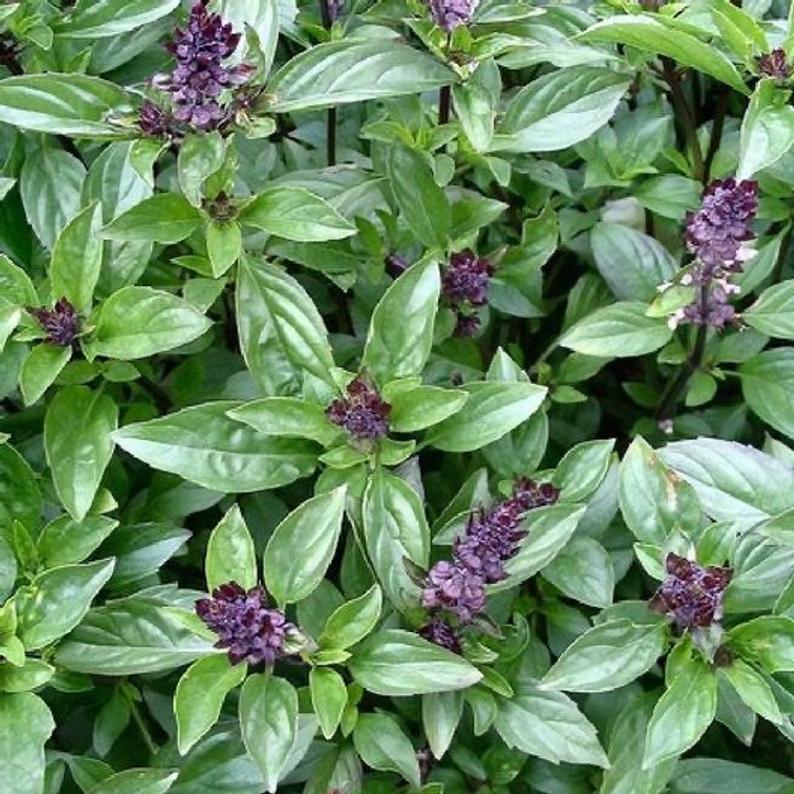There is a certain order in nature that should be maintained to make the lifecycle in the ecosystem continuous. This sense of order also applies in your garden, and the crucial factors would be your plants and insects surrounding them. That’s why telling the difference between harmful and helpful insects is important.
Garden Wars: Knowing Your Allies And Enemies
A lot of people think that having insects in their garden is a bad thing. This is true because some insects, like aphids, can be annoying and harmful. But not all of them should be considered pests. Other insects, like ladybugs, are very helpful. The trick here is to get a balance between the helpful insects and the harmful ones.
A Fine Lady Garden Helper
As said, ladybugs are very helpful insects, especially in your garden. This is because they feed on small caterpillars and Aphids mites, which are damaging to your garden. Both the larvae and adult ladybugs eat the pests in your garden.
Ladybug larvae are mainly active between the months of May and July, while the adults come after. You can even buy Ladybugs at many nurseries and greenhouses, or order them through mail.
Delicate Laces For Predating
One of the most excellent insect predators that you would want to have in your garden are Green Lacewings. Its larvae eat Mealybugs, Aphids, Spider mites, white flies, Thrips, and scales, just to name a few.
Hover Helpers
Another good insect for your garden are Hover Flies. They are very helpful insects and look like wasps or dark bees. Hover flies eat caterpillars, green flies, and fruit tree Spider Mites. Hover Flies are easily attracted to plants like phacelia plants and marigolds. Putting plants like these throughout your garden will encourage Hover Flies to thrive.
Dragon Friends
Dragonflies are also one of the best beneficial insects. They eat mosquitoes, which are not only harmful for your plants, but for humans as well. You should plant reedy plants to encourage dragonflies to thrive in your garden.
Busy Bees
Although bees may seem dangerous to some people, they are actually quite helpful to gardens and harmless to other insects. They do not eat or predate upon other insects. They help out in your garden by pollinating flowers and trees. A lot of vegetables need flower pollination too. Having bees close by will aid this process. You should plant flowers throughout your garden to encourage busy bee workers to visit.
Know Your Foes
Insects that you should watch out for are Scales, Leaf Miners, Japanese beetle and Spittlebugs. All of these are very harmful insects for your plants. So if you spot them thriving around your garden, appropriate action must be done.
Most people choose to use insecticides or pesticides. Yes, this may be the easiest way to kill insects, but too much of this can also be harmful, especially to your plants. That’s why making use of good insects is, generally, a much better way to deal with pests than the use of pesticides.
When you use good insects, the method is natural and you don’t contribute to polluting nature. With just a little effort in learning which bugs are good and bad, you can improve the way you and your garden handles insect problems. So the next time you see an insect thriving in your garden, always think twice before you even try to squish or shoo them away. They may just be the friends you need.
Garden Pests – How to Identify and Eradicate Them
Garden pests are not the thing most gardeners relish talking about. But whether you’re container gardening or working in flower beds, for beautiful clay flower pots or blooming perennial flowers, herbs, and vegetables beds, knowing your stuff about pesky critters is essential.
Your first (and best) line of defense is good plant culture. This means paying attention to these 4 essentials:
- Proper soil for your flowers, herbs, or vegetables you’re growing. Why? Because planting in the wrong soil (such as peonies in cactus mix) won’t promote a healthy plant. And poor plant health means less defenses to ward off garden pests and diseases. Characteristics of the right planting soil include that it’s rich enough for the plant, but well-draining, and light enough for good root development.
- Water properly. Too much leads to water-logged roots and fungal root inflections plus all sorts of other debilitating problems. If the soil is moist, don’t water (unless you have a plant, such as mint or hydrangea that relish evenly moist soil). And make sure your pots have drainage holes. If the water stands in the soil, even out of sight, this spells trouble.
- Fertilize well through the whole growing season (don’t start strong and then quit!). And know your plants in terms of soil ph requirements. For example, azaleas or the herb chamomile loves an acid soil, while basil prefers a neutral ph, and oregano a slightly alkaline one. Know your plant and provide the soil additives they need to stay healthy.
- Clean environment. Remove spent blooms, dead leaves, and other potentially decaying matter. Garden pests and diseases thrive in an unclean environment. Add good air circulation here, too. Don’t crowd the plants together or you’ll be removing a lot more than spent blooms. In short, strong plants, like strong bodies of any sort, are better equipped to stay healthy.
But as we know, stuff happens.
We’ll deal with seven of the most common garden pests below, both in terms of how to spot the problem and what to do about it.
But before we get to the pests, one word about beneficial insects-yes, there are some! Lacewings, lady bugs, and praying mantis are three of the best.
They love to eat the destructive insects that harm your garden. And, you can find reputable suppliers online.
Ok, on to our subject: Garden Pests.
The Pesky Little Critters
Aphids
The Problem: These are pretty common, but very hard to see. 3 millimeters and green, they love the undersides of leaves where they suck until the leaf becomes rolled and sticky.
The Solution: You can spray the plant leaves to knock off the offenders and use a spray of water and soap (best to use insecticidal soap from the nursery). Repeat every few days until they’re gone.
Spider Mites
The Problem: Too little to see with the human eye, these guys also hang out on the underside of leaves. You’ll know they’re there if your leaves turn yellow and wither. At the worst, there’s a white web on the leaves.
The Solution: Rinse the leaves as with aphids and spray. You can also move the plants to a cool spot as you do this. Spider mites like it hot.
Whiteflies
The Problem: Little white flies. Usually a whole lot of them, and they fly up disgustingly when you touch a leaf (they like the underside) or water. The leaves wither.
The Solution: Use an insecticidal soap on them, and they’ll bite the dust pretty quickly.
Mealybugs
The Problem: 3 millimeter yellow-brown nasties that hold onto the stems and leaves. They leave behind little white fluffs and the leaves get sticky.
The Solution: You can squish the bugs between your fingers if you’re not like me and have a bug phobia. Otherwise, clean off the critters with a hose or hard spray with insecticidal soap and treat with horticultural oil you can buy online or at the nursery.
The Bigger Critters
Caterpillars
The Problem: You’ll see hanging larvae and caterpillars-not too hard to spot. The thing about these garden pests is you need to decide if the harm is less than the pleasure of the butterfly that might come out. Sometimes letting them hang around, literally, can bring quite a lot of pleasure.
The Solution: Just pick off and discard. Enough said.
Japanese Beetles
The Problem: Big beetles with a shiny brown carapace and black head that reduce ornamental leaves to skeletons.
The Solution: Pick off and discard. You can drop them in a soapy solution if you get no pleasure from the squish option.
Snails and Slugs
The Problem: Little slow-moving, shelled creatures that love, love, love hostas.
The Solution: I’ve heard of lots of solutions, none of which have worked very well for me-these include setting out jar tops filled with beer (Really). Putting sticky boards at the base of plants-you have to get rid of them in the morning. Pick them up and dispose of them. In a manner of your choosing.







